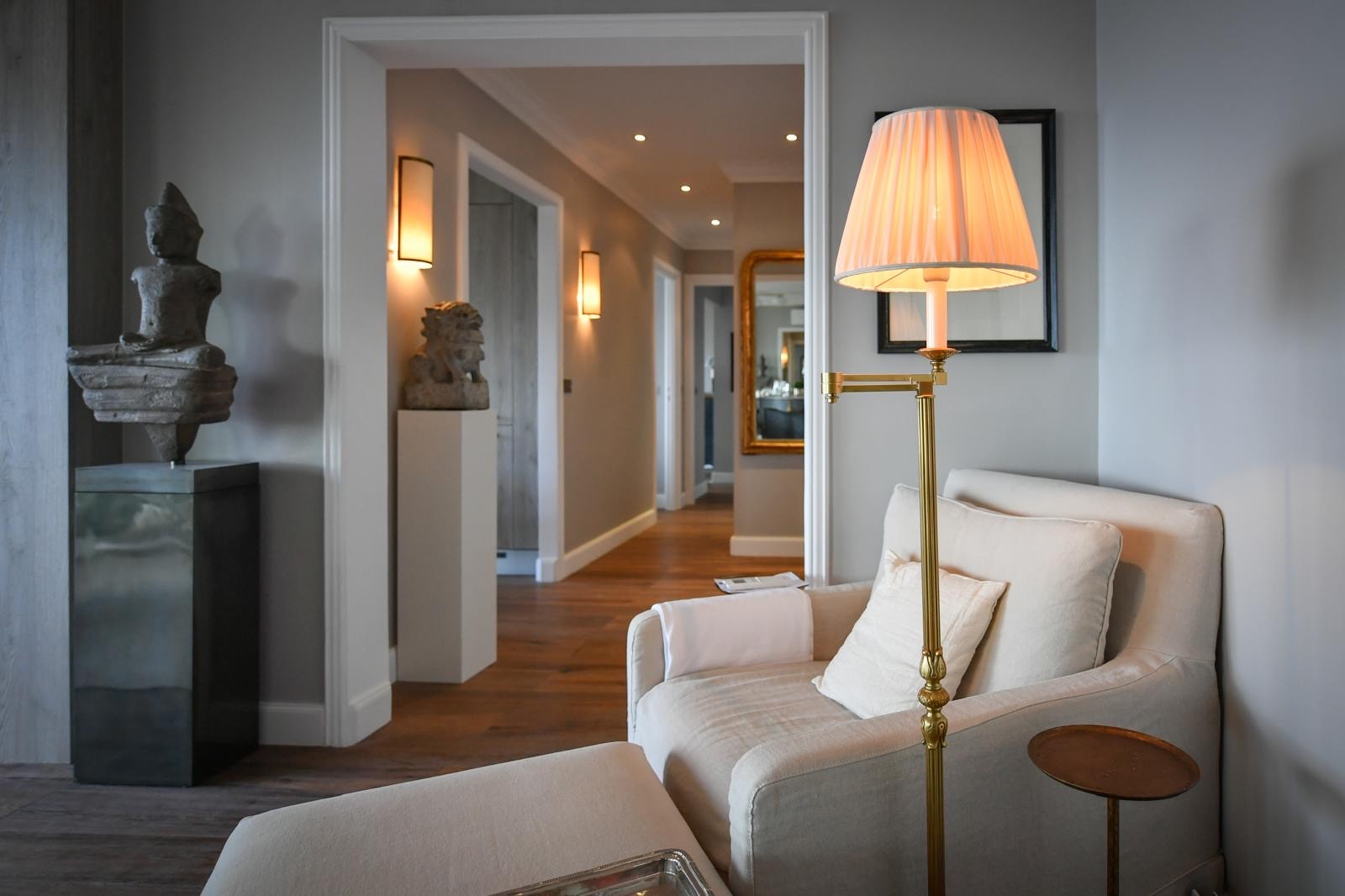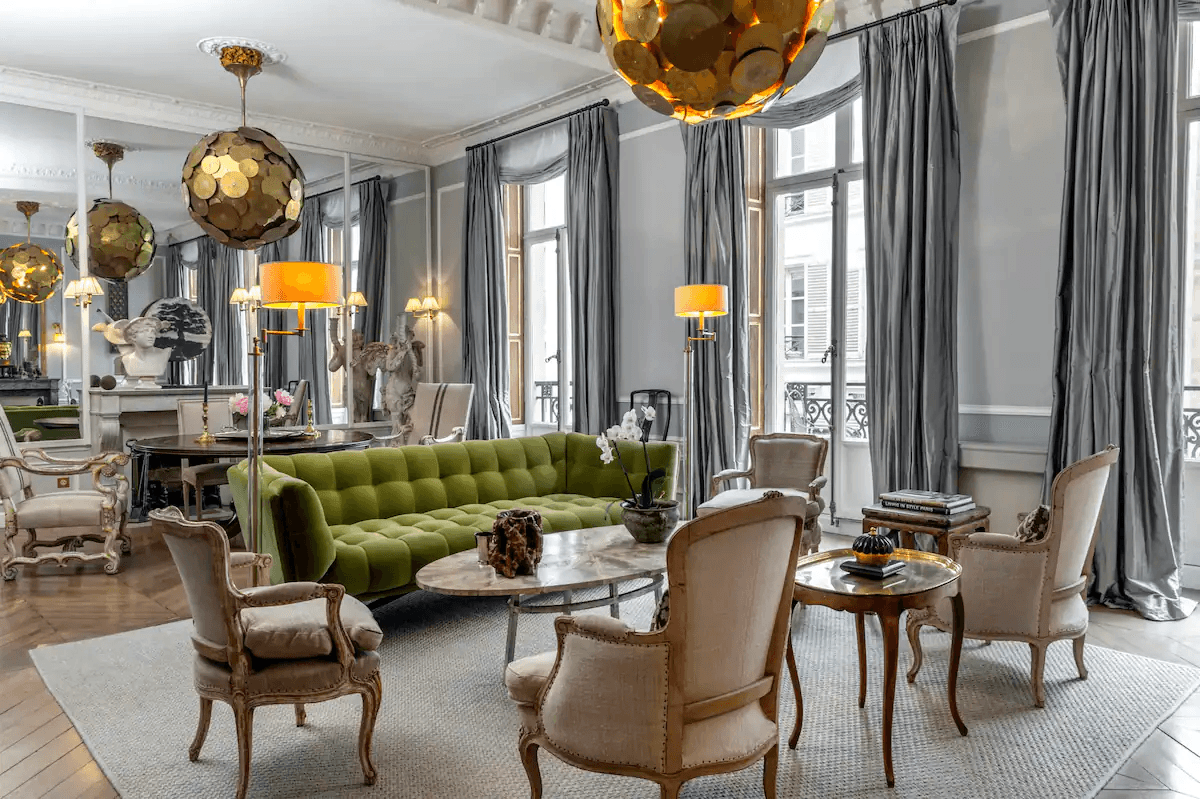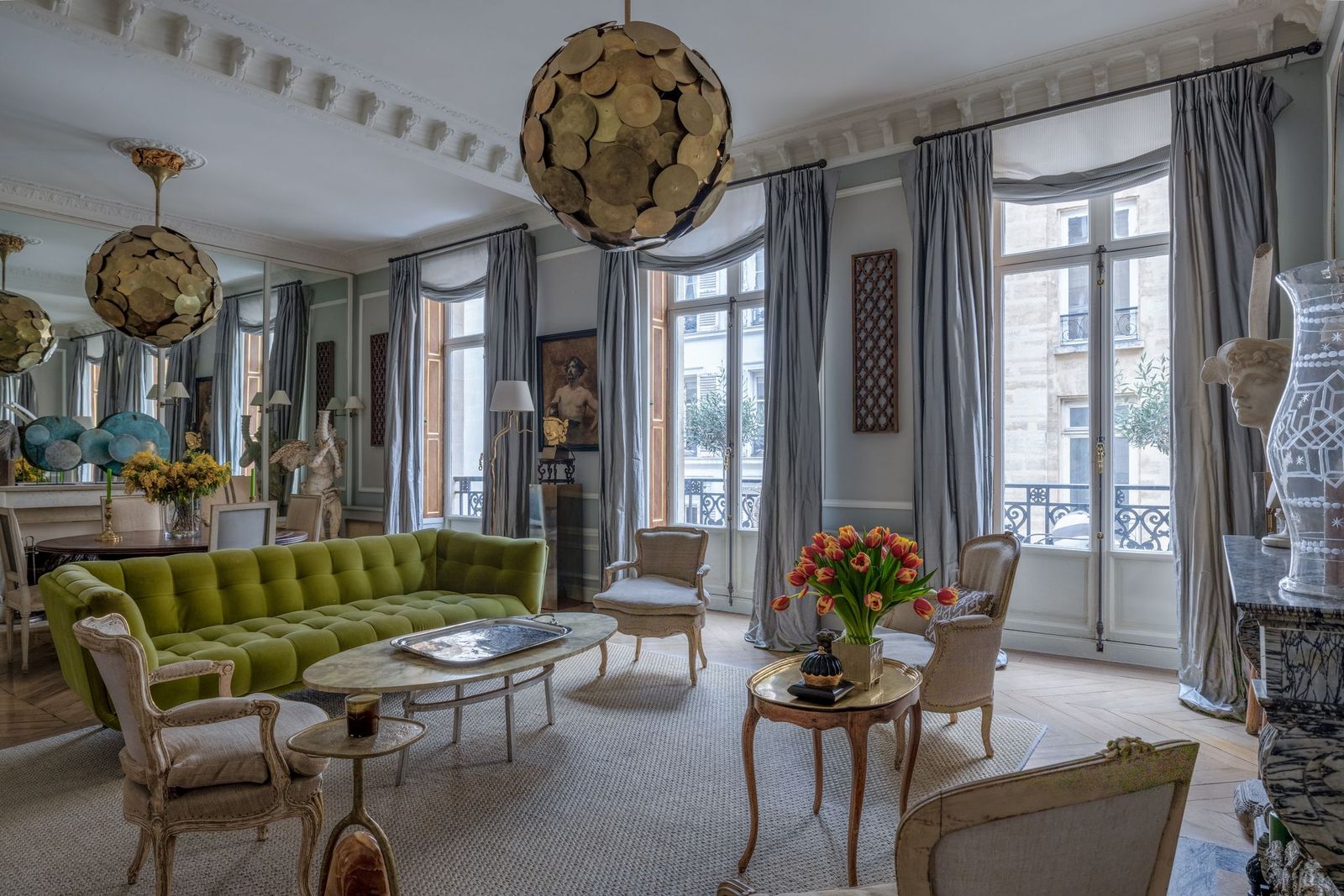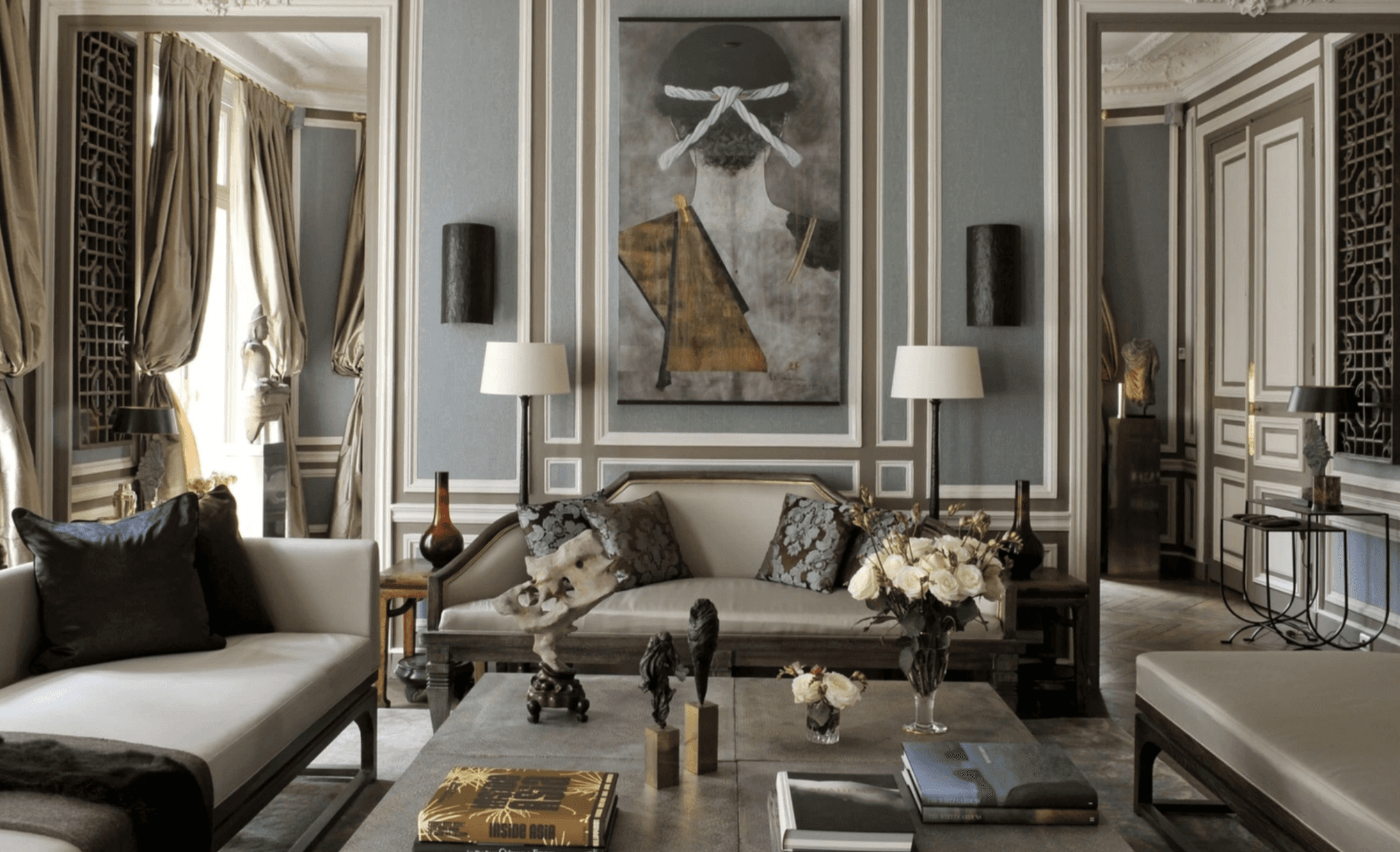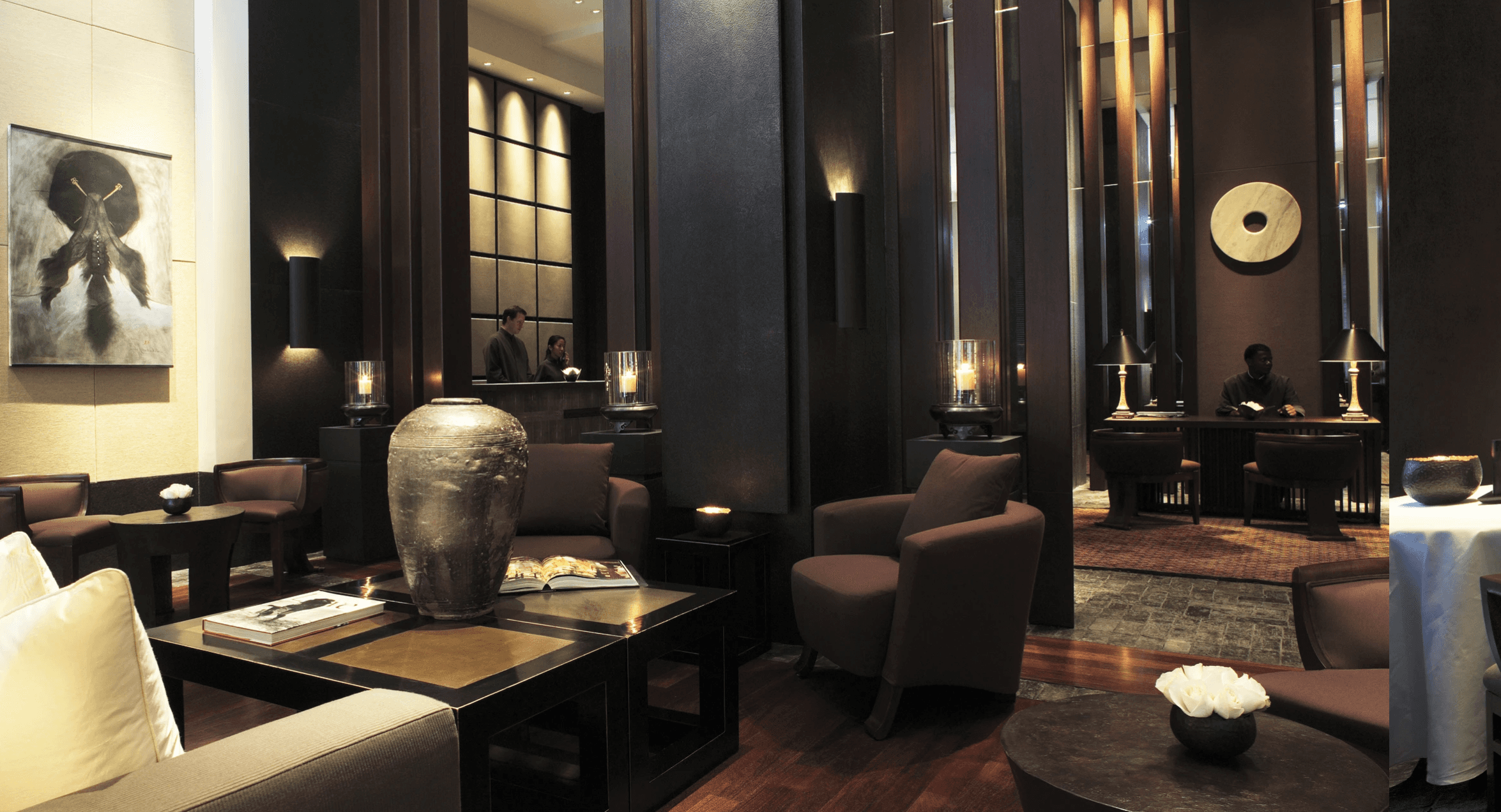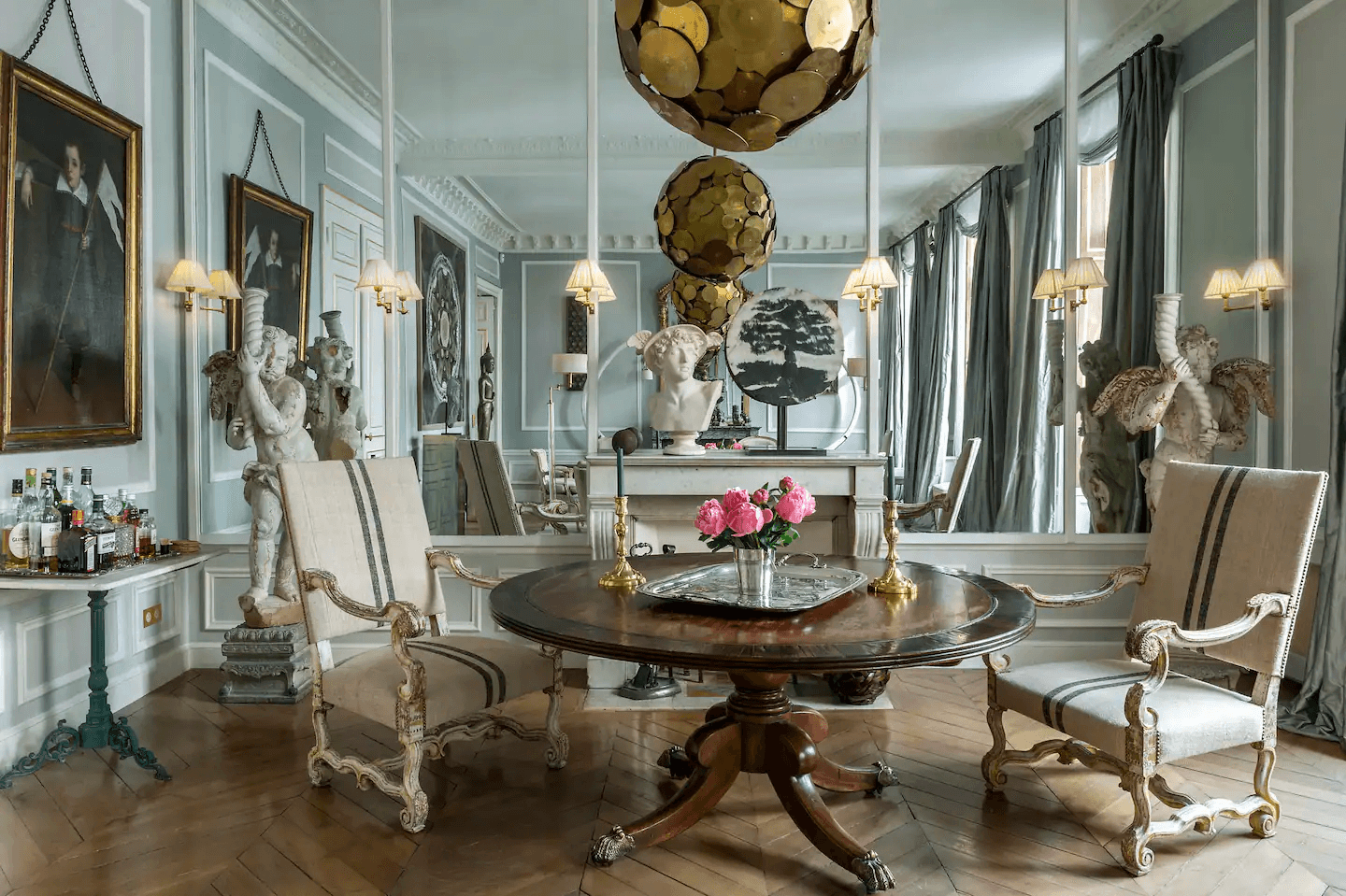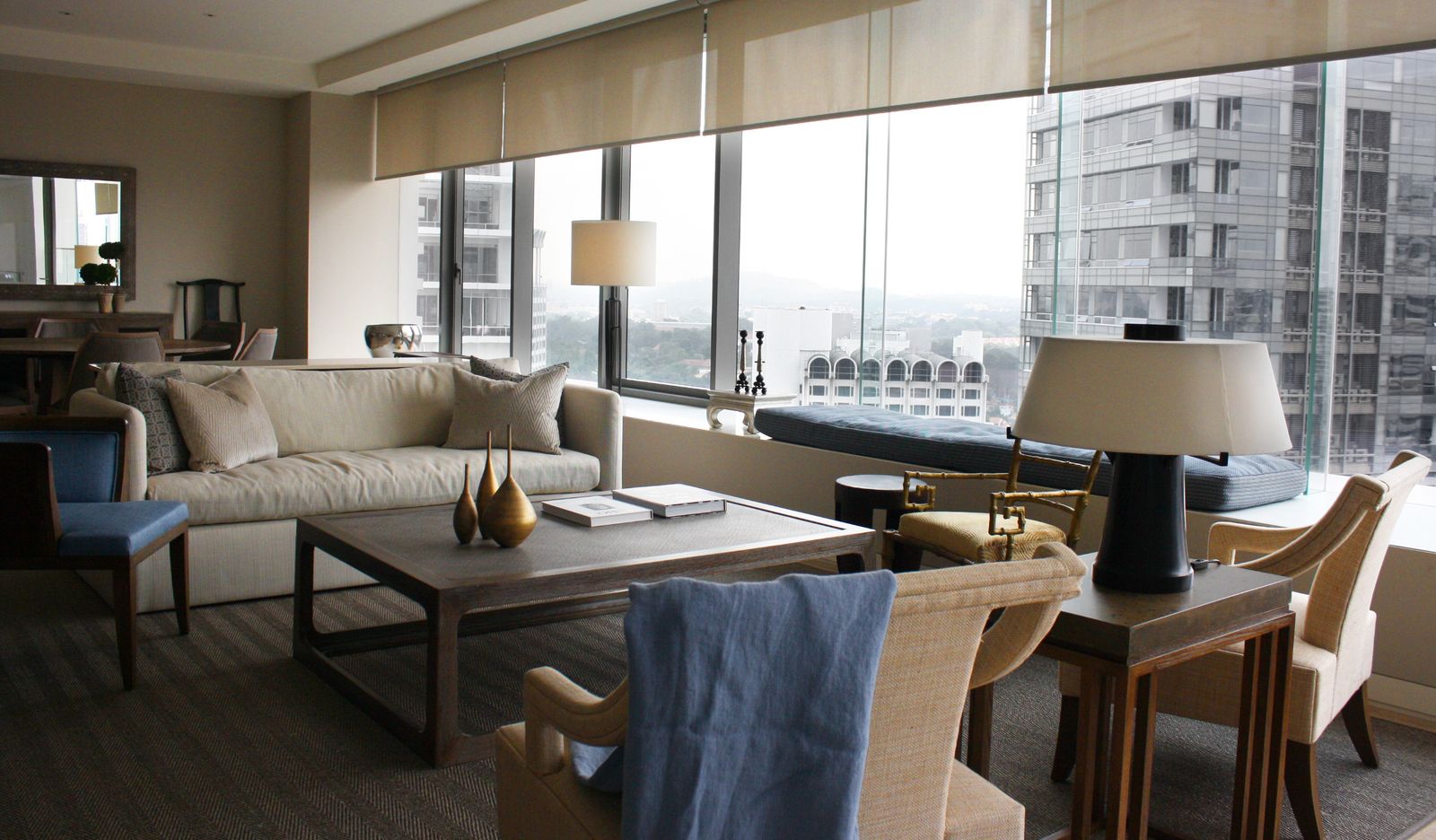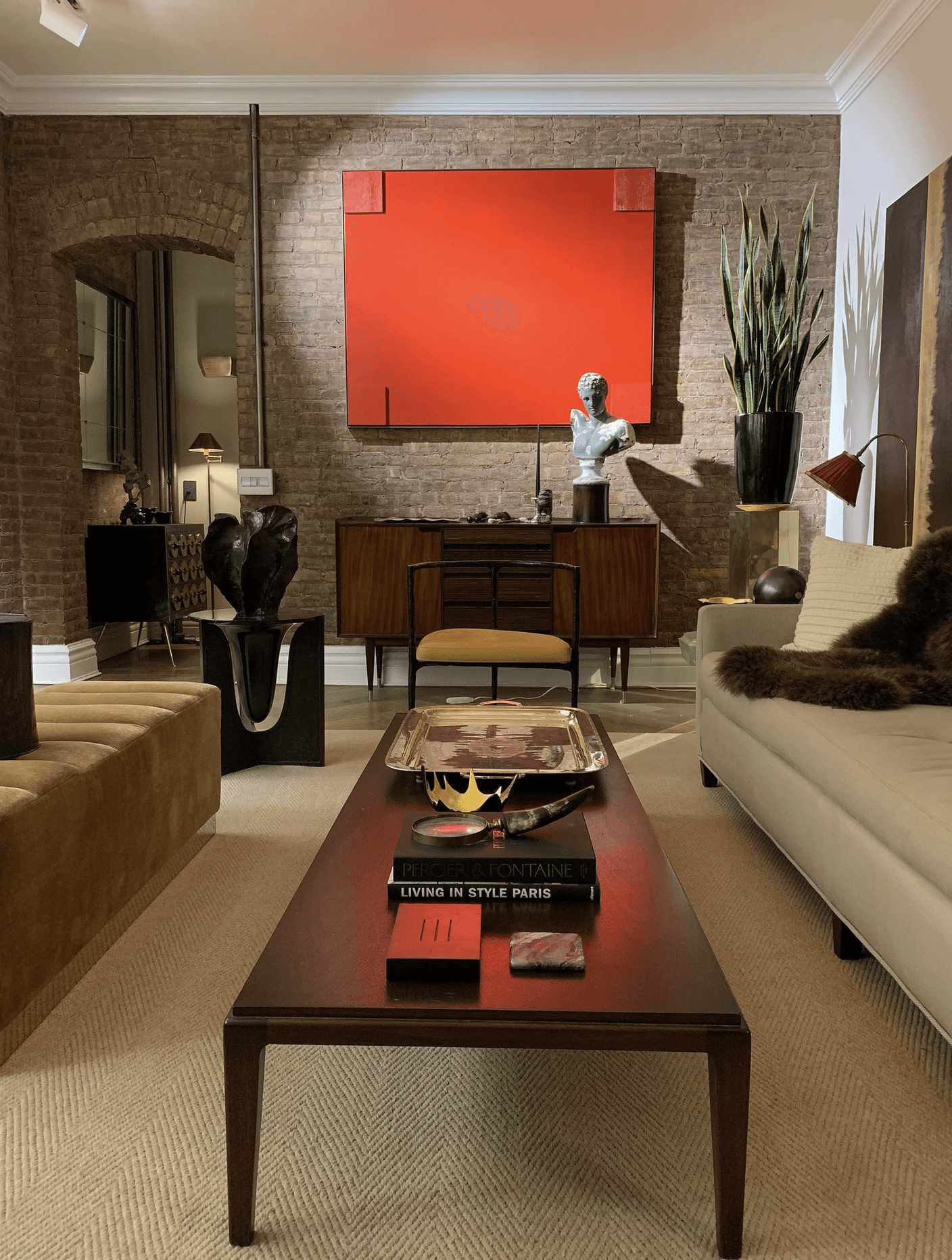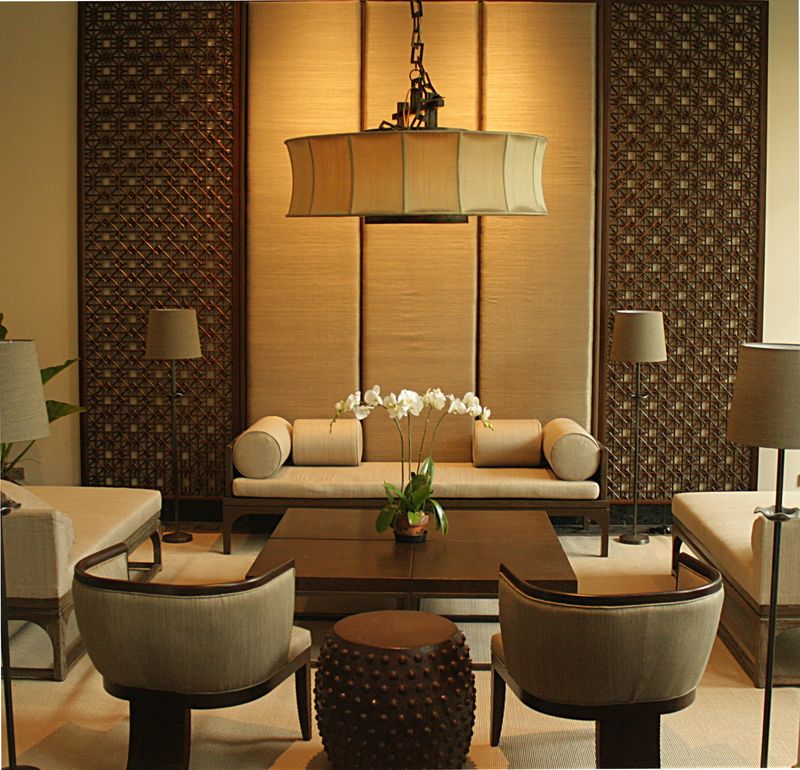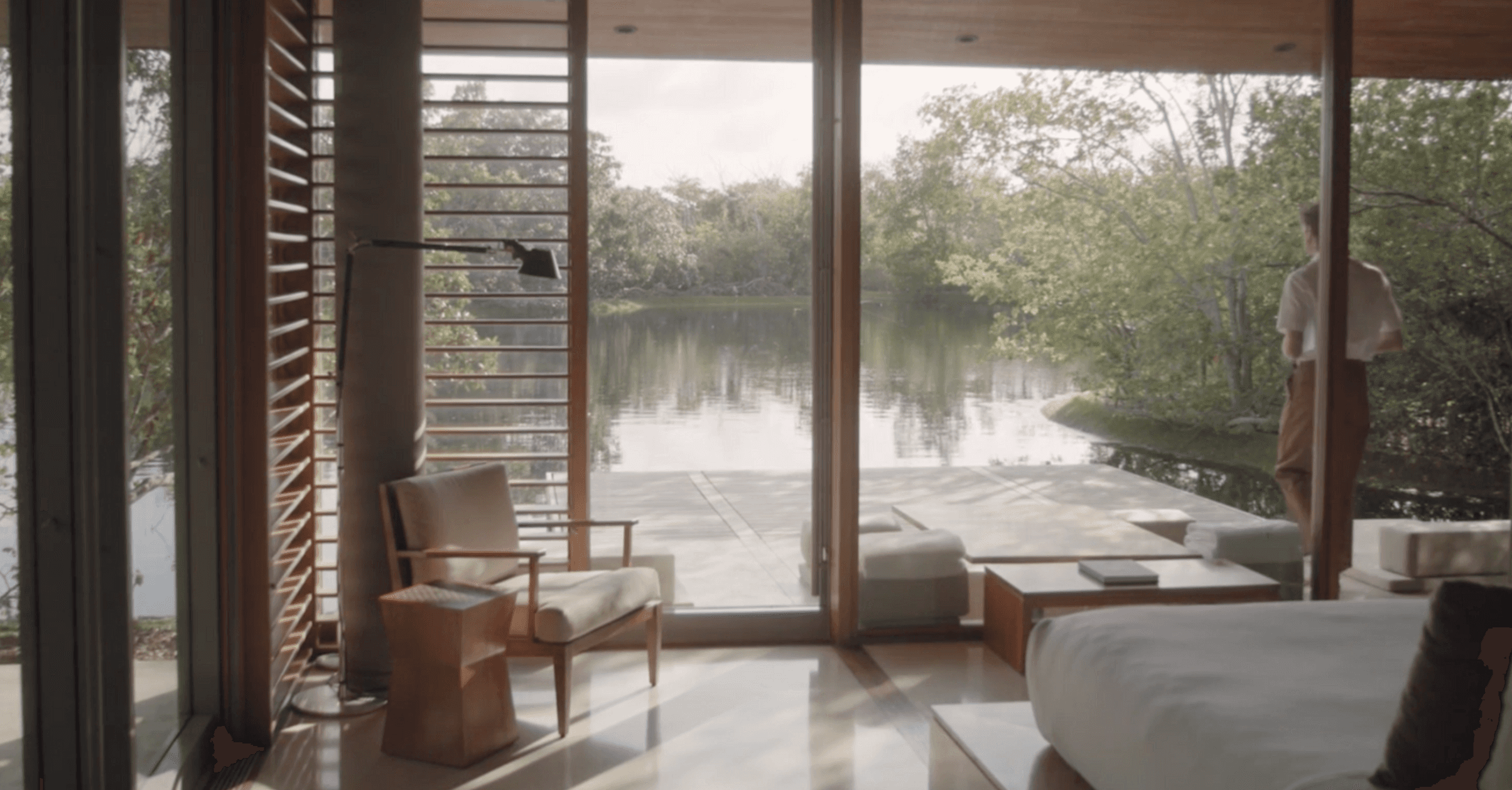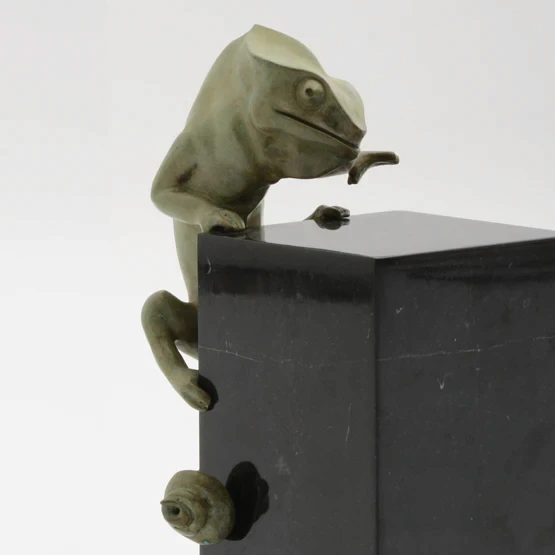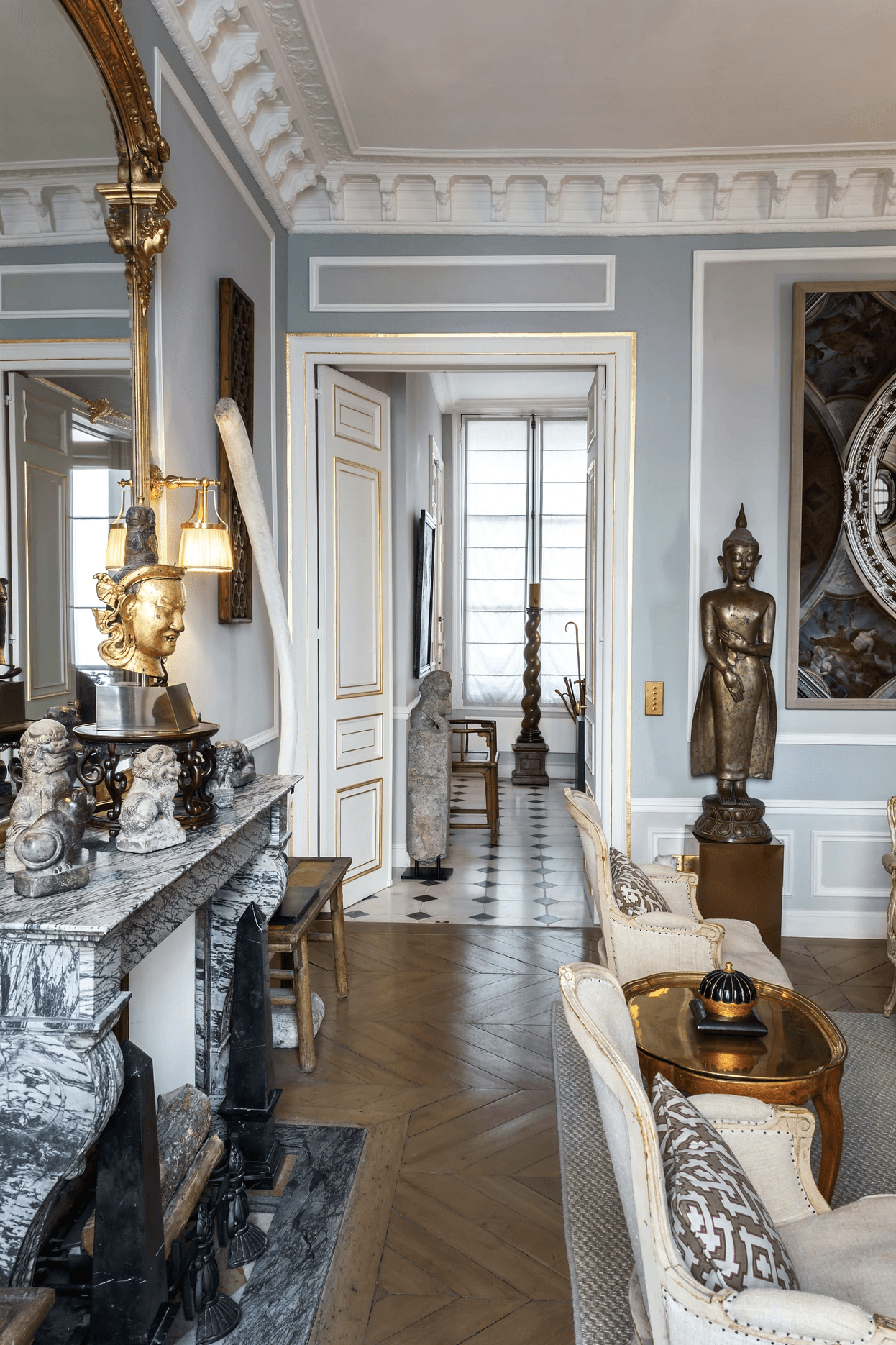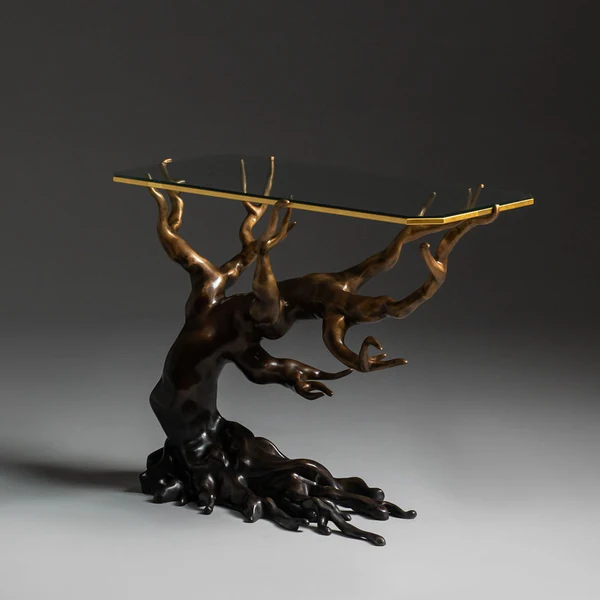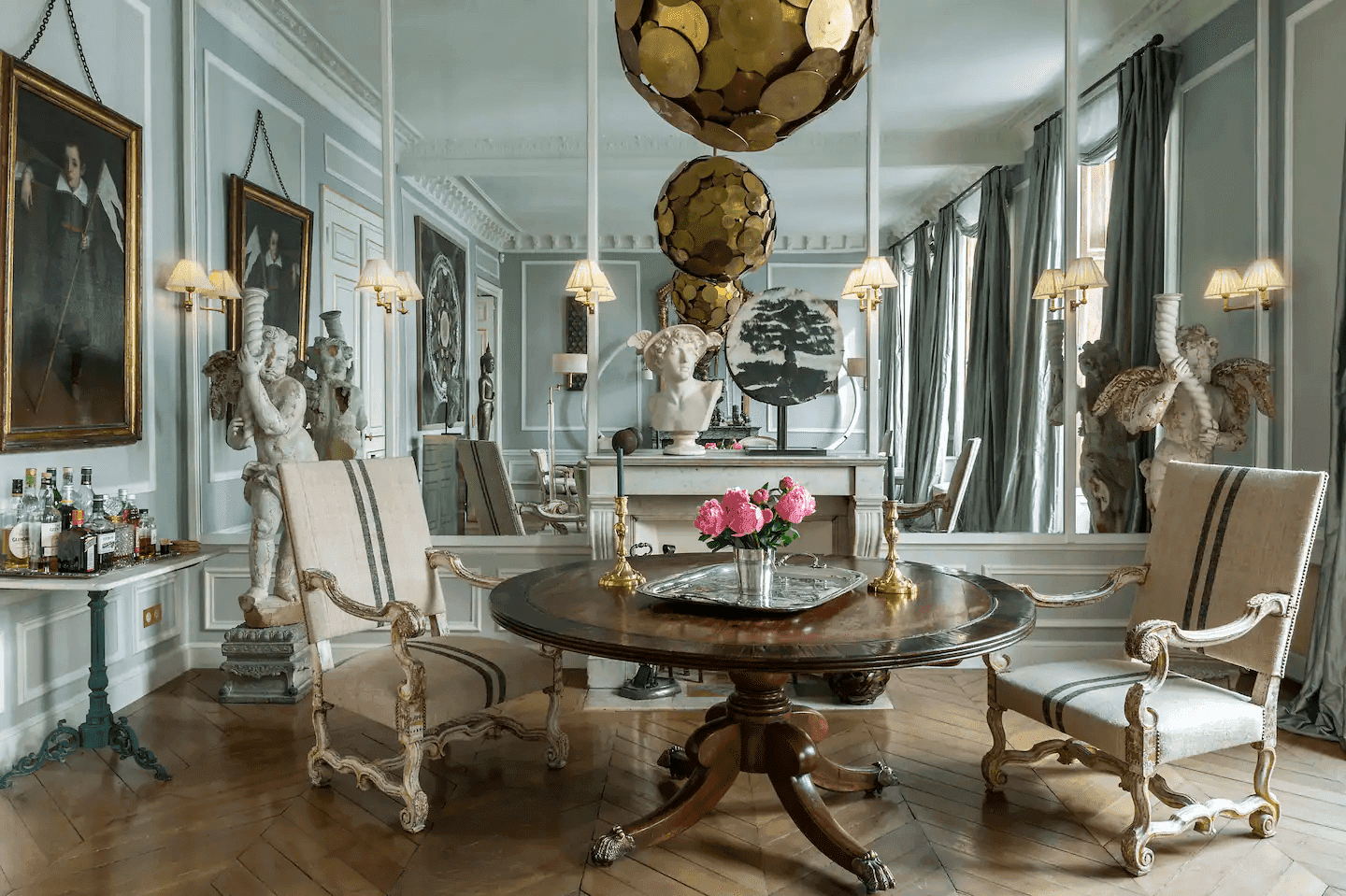Tips
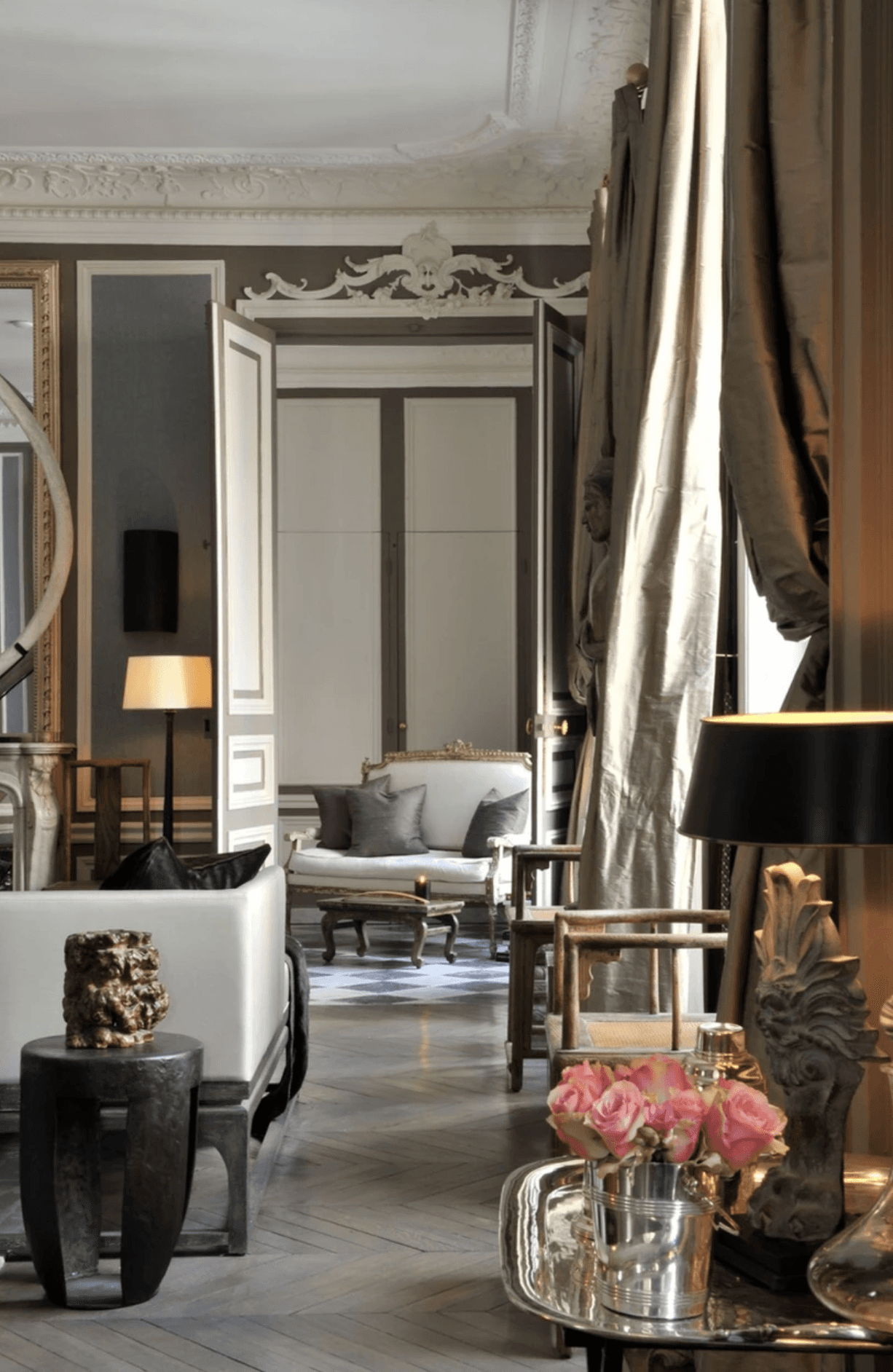
Christopher Noto
Jul 22, 2024
Explore how to effectively incorporate art into your interior design to enhance personality, color, and visual interest. Discover tips for choosing the right art, arranging it strategically, and creating a cohesive and stylish space that reflects your personal style.
Incorporating Art into Interior Design: Tips and Inspiration
Introduction
Art is a powerful element in interior design, adding personality, color, and visual interest to a space. Incorporating art effectively can transform a room and reflect your personal style. In this blog post, we’ll explore how to incorporate art into interior design, offering tips, inspiration, and practical advice for creating a visually compelling and cohesive environment.
1. Choosing Art for Your Space
A. Personal Style and Preferences
Reflecting Personality: Select art pieces that reflect your personal style and preferences. Choose artwork that resonates with you and complements the overall design of the space. Art should feel personal and meaningful, contributing to the room's character.
Art Types: Consider various types of art, such as paintings, prints, sculptures, and photography. Different art forms can contribute to the room’s character and atmosphere, allowing you to express your style in multiple ways.
B. Size and Scale
Proportional Art: Choose art pieces that are proportionate to the size of the wall or space where they will be displayed. Avoid using overly small art on large walls or large pieces in small spaces. Proper sizing ensures that the art complements the room's dimensions and furniture layout.
Gallery Walls: Create a gallery wall with a mix of art sizes and frames for a dynamic and personalized display. Grouping art can add visual interest and create a focal point, allowing for a curated and cohesive look.
2. Placement and Arrangement
A. Wall Placement
Eye Level: Hang art at eye level for optimal viewing. For most people, this means the center of the artwork should be about 57 to 60 inches from the floor. Proper placement ensures that the art is easily viewed and appreciated.
Grouping: Arrange art in groups or clusters for a cohesive look. Use similar frames or color schemes to unify the display and create a visually appealing arrangement. Grouping art can help in creating a focal point and adding depth to the space.
B. Furniture and Fixtures
Above Furniture: Hang art above furniture pieces, such as sofas or credenzas, to create a balanced and anchored look. Ensure the artwork is proportionate to the furniture and complements the surrounding decor. This placement integrates the art into the room’s functional areas.
Complementing Elements: Ensure that art complements other elements in the room, such as lighting, furniture, and color schemes. This creates a harmonious and integrated design, enhancing the overall aesthetic of the space.
3. Creating a Focal Point
A. Statement Pieces
Bold Art: Use large, bold art pieces as focal points to draw attention and create a dramatic effect. A statement piece can become the centerpiece of the room’s design, adding a sense of grandeur and impact.
Accent Walls: Create an accent wall with art to make a statement and enhance the visual impact of the room. This approach highlights the art and adds character to the space, making it a key feature of the room's design.
B. Balancing Art with Decor
Visual Balance: Balance art with other decor elements, such as rugs, textiles, and furniture. This ensures that the art enhances the overall design without overwhelming the space. Achieving visual balance creates a cohesive and pleasing environment.
Color Coordination: Choose art that complements the room’s color scheme and enhances the overall aesthetic. Art can add color and visual interest while tying together other design elements, contributing to a unified look.
4. Tips for Selecting Art
A. Art Styles
Match Style: Select art that matches the style of the room, whether it’s contemporary, traditional, eclectic, or minimalist. Ensure that the art aligns with the room’s design theme, contributing to a cohesive look.
Mixing Styles: Mix different art styles to create a diverse and interesting display. However, ensure that the overall look remains cohesive and complementary. Combining styles can add depth and personality to the space.
B. Budget and Investment
Original vs. Reproductions: Decide whether to invest in original art or opt for high-quality reproductions based on your budget and preferences. Both options can add value and interest to the space, allowing you to select art that fits your financial considerations.
Local Artists: Consider supporting local artists or emerging talent to find unique and affordable art pieces. This can add originality and character to your collection while supporting the local art community.
5. Examples of Art Integration
A. Modern Living Rooms
Minimalist Art: Use minimalist art pieces with clean lines and neutral colors to complement modern living room decor. This approach enhances the room’s sleek and sophisticated look, aligning with a contemporary design.
B. Eclectic Interiors
Gallery Walls: Create a gallery wall with a mix of art styles, frames, and sizes for an eclectic and personalized look. This approach adds character and visual interest to the space, making the art an integral part of the room’s design.
Conclusion
Incorporating art into interior design adds character, color, and visual interest to your space. By selecting art that reflects your personal style, choosing the right size and placement, and creating focal points, you can enhance the overall design and make your home uniquely yours. Embrace the creativity of art to transform your interiors and express your individuality.

Design Insights: Tips, Trends, and Inspiration for Your Space
Search ressources

